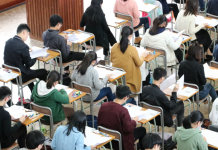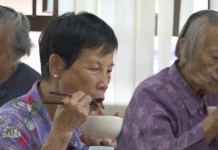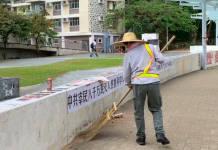Plastic utensils ending up in the local rivers create pollution problem to the city
Reporters: Ada Chung, Jasper Cao, Fangdong Bai
Editors: Marilyn Ma, Brian Yu
Typhoon Mangkhut ripped through Hong Kong in September, bringing the city not only heavy downpour and gusty wind but also piles of plastic wastes which were dumped into the ocean decades ago. The sight of a plastic tsunami along Hong Kong shoreline is alarming.
According to a Greenpeace report published in October, more than 17 million pieces of plastic waste are flushed into the sea via Hong Kong’s Shing Mun River every year. The most common plastic items found in the rivers were plastic bottles, food wrappers, fast food utensils and containers.
Plastic wastes in rivers and the ocean subsequently break down into microplastics which find their way into the food chain and pose threats to the health of both marine lives and human beings.
Chan King-ming, associate professor at the School of Life Sciences of the Chinese University of Hong Kong, explains that if humans consume seafood that is contaminated by microplastics, women will be prone to cancers like breast cancer or ovarian cancer, while sperm count will be lowered for men.
To combat the problem of plastic pollution, both NGOs and the government have carried out various campaigns to encourage the public to cut down the use of disposable plastic items.
The Environmental Campaign Committee (ECC) has cooperated with three of Hong Kong’s major fast-food chains, including Café de Coral, Fairwood and Maxim’s, to launch a campaign to encourage customers to forgo disposable plastic utensils.
More and more small restaurants have also gone plastic-free in recent years. 5B Private Corner, a restaurant in Tsuen Wan has replaced plastic straws with stainless steel straws. The restaurant owner says they have saved over 100 plastic straws per day after switching to stainless steel straws.









































